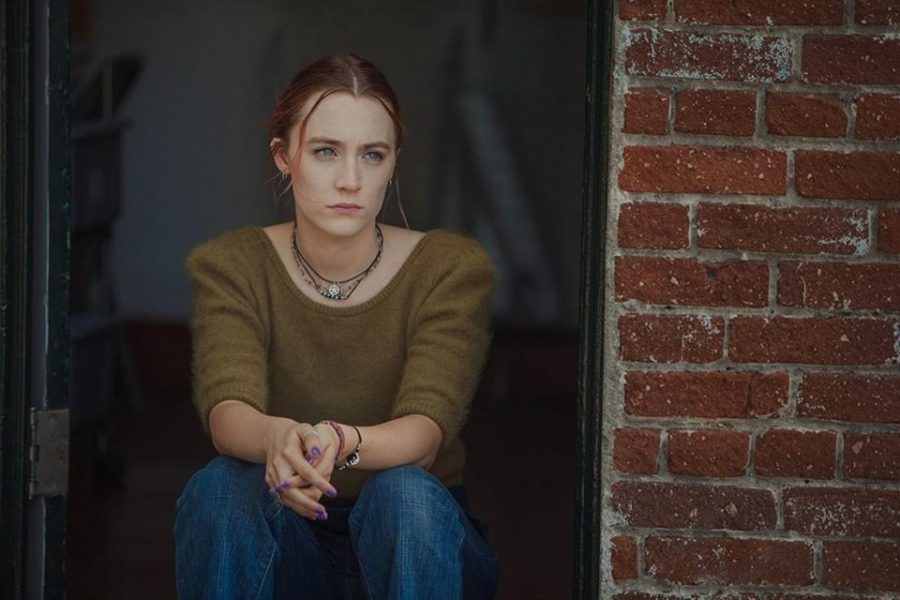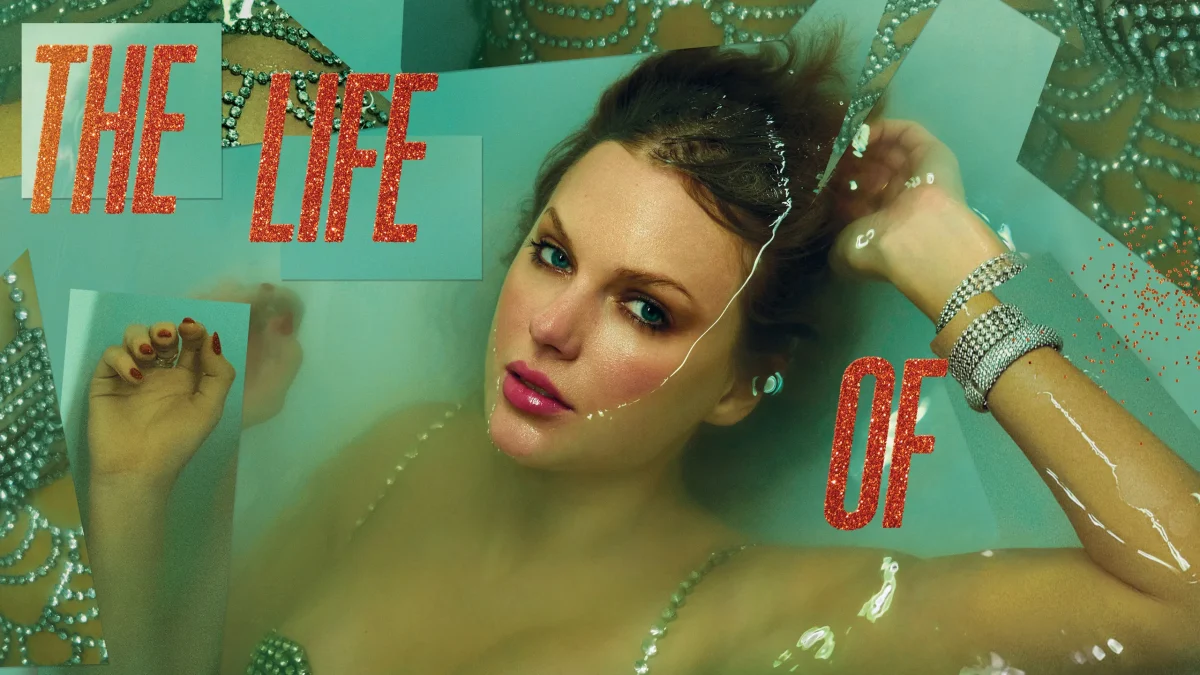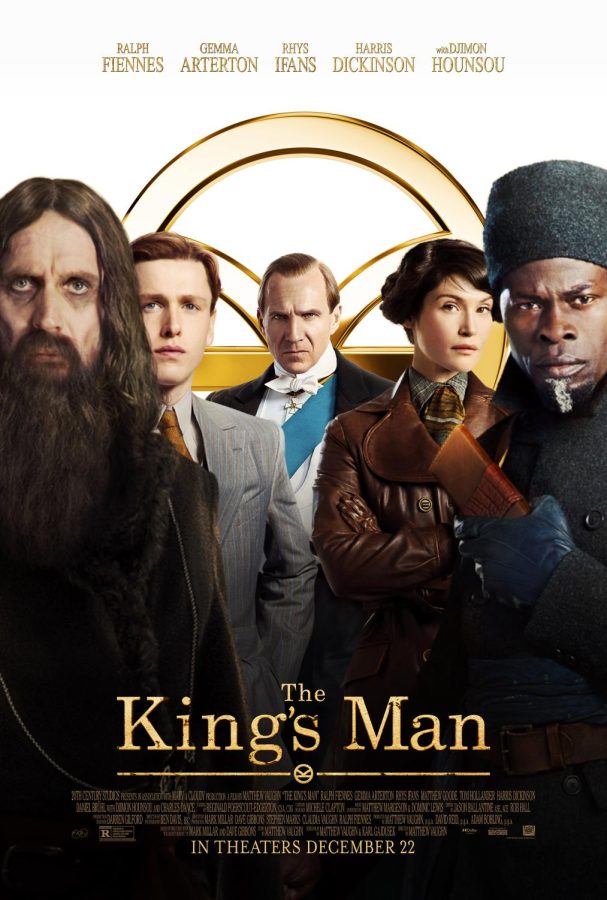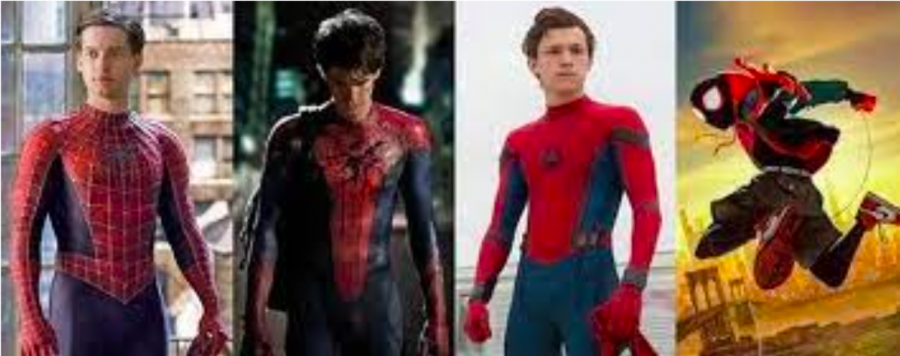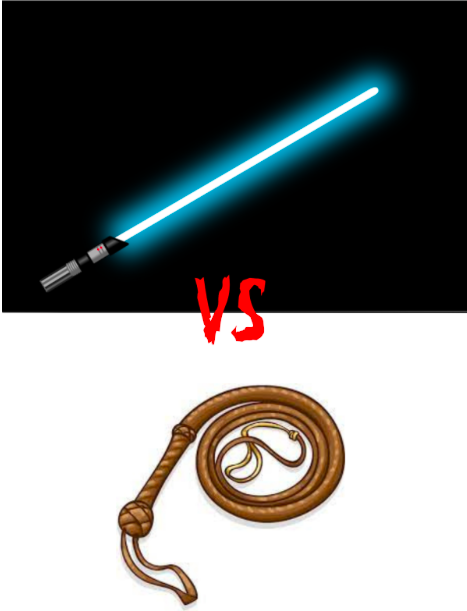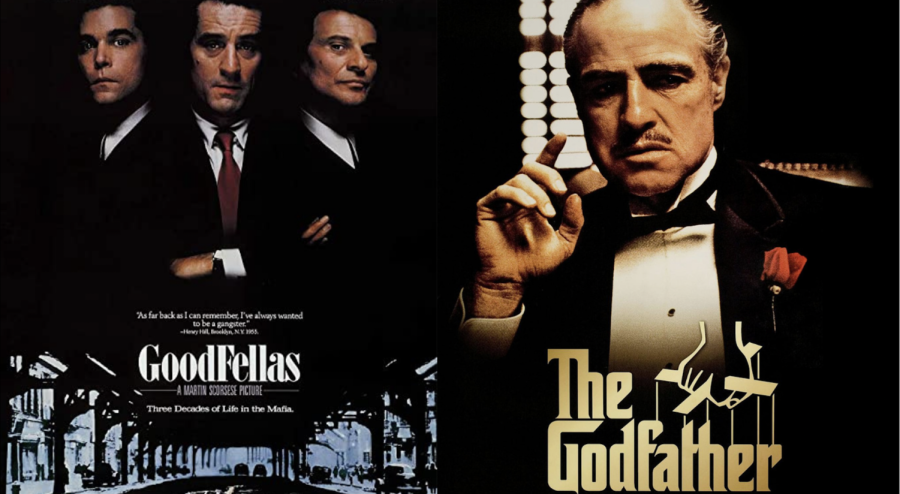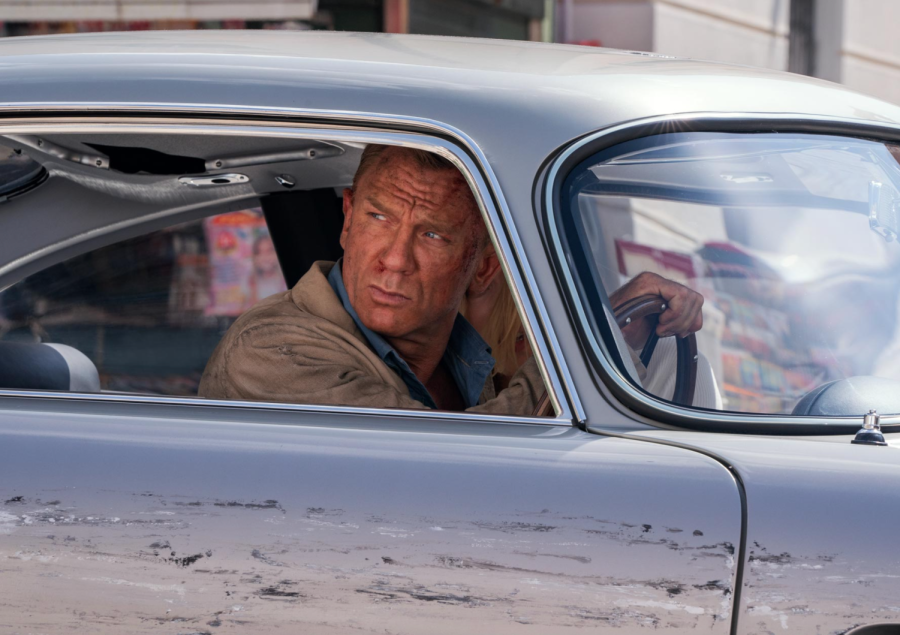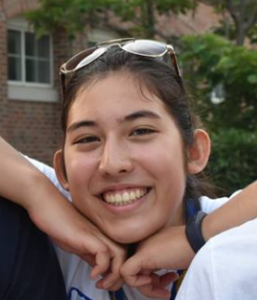Movies are something that I don’t spend a lot of time on; when the latest hit is out in theaters, I often don’t have the time to get out and see it. Most times, I don’t even get to see the film once it is out on DVD.
Greta Gerwig’s Lady Bird is one of those films that you hear about through the grapevine of social media, the stars going on talk shows and late night to promote their piece. I knew the cast was star studded–Saoirse Ronan, Laurie Metcalf, Beanie Feldstein and others–but I never had the chance to see it while it was popular in theaters everywhere. I am not even sure what drew me towards the movie itself; maybe the way that the title character carried herself, or maybe the way that the movie seemed ordinary, realistic, and relatable all at once.
The recent snow day was my chance. Lady Bird was only playing in two theaters within ten miles of Lake Forest. My friend and I braved the snowy roads to Highland Park as the streets began to become dark and the streetlights began to flicker on.
This film made me hold my breath from the beginning. I didn’t let go of this breath until the credits started rolling. I won’t go into all of the intricate and gorgeous detail (the incomparable Tommy Block does that beautifully in his review), but I realized the power of film and the power of art through this picture.
There were times during Lady Bird where I cried and laughed at the same time. There were moments that were cut and paste from my own life. There were times when I realized how little time I have left to enjoy these last few years of high school. There were moments where I saw how I am not alone in my struggles to fit in and feel validated at times in my life. There were times where I realized how lucky I was to have what I do have in my life.
Lady Bird’s constant here-again-gone-tomorrow drama with her friends and significant others plays true for many of us right now in our lives; we are trying not only to figure out who we are, but also how to deal with other people who are doing the same thing. These relationships seem to be the center of our world right now, and we’re not wrong about that. However, as Lady Bird grows and expands her horizons, she realizes that there is more than one small school in one town. There is a world out there, and there are more people out there than we can ever imagine. We learn along with Lady Bird herself that we can get through relationship struggles if we don’t stop moving.
Specifically, the gorgeous way the relationship between mothers and daughters was portrayed captured my attention and did not let go–and in fact grasped the viewer tighter–throughout the film. I personally learned that I’m not the only daughter that fights with her mother. I felt validated, knowing and confirming that just because I may fight with my own mother, it doesn’t mean that we love each other less. I was almost embodying Lady Bird herself during these conflicts, nearly mouthing her words, knowing exactly what it was like to be in that situation in my own life. And the entire movie was like this; moments that validated something that was close to me, maybe even something that was painful.
Art itself is made for a spectrum of people in this world; a painting is not necessarily made for a certain demographic of people. Lady Bird, I would say, is a little different. Lady Bird is made for the 17-year-old girl who feels how Lady Bird herself feels–confident yet lost. Lady Bird is a portrait of reality, what lives look like for teens our age. Lady Bird does not romanticize any part of the high school experience, and it does not over-exaggerate the capricious nature of teenage emotion.
If there was one thing that struck me about the film: the fact that we live in a society where two 17-year-olds who struggle with varying levels of challenges can go to a theater and connect with someone who is not real, but who is real, and feel validated. There is so much that is done imperfectly; by that I mean it is life on a movie screen.
Lady Bird is a representation of hundreds of thousands of girls in the world today. It is a representation the American teenage experience, along with the struggles of just life. Lady Bird will strike you with something that you never expected, and reminds us that art is often created out of immense pain and the need to belong. If you haven’t seen it yet, there isn’t a debate–you have to.

